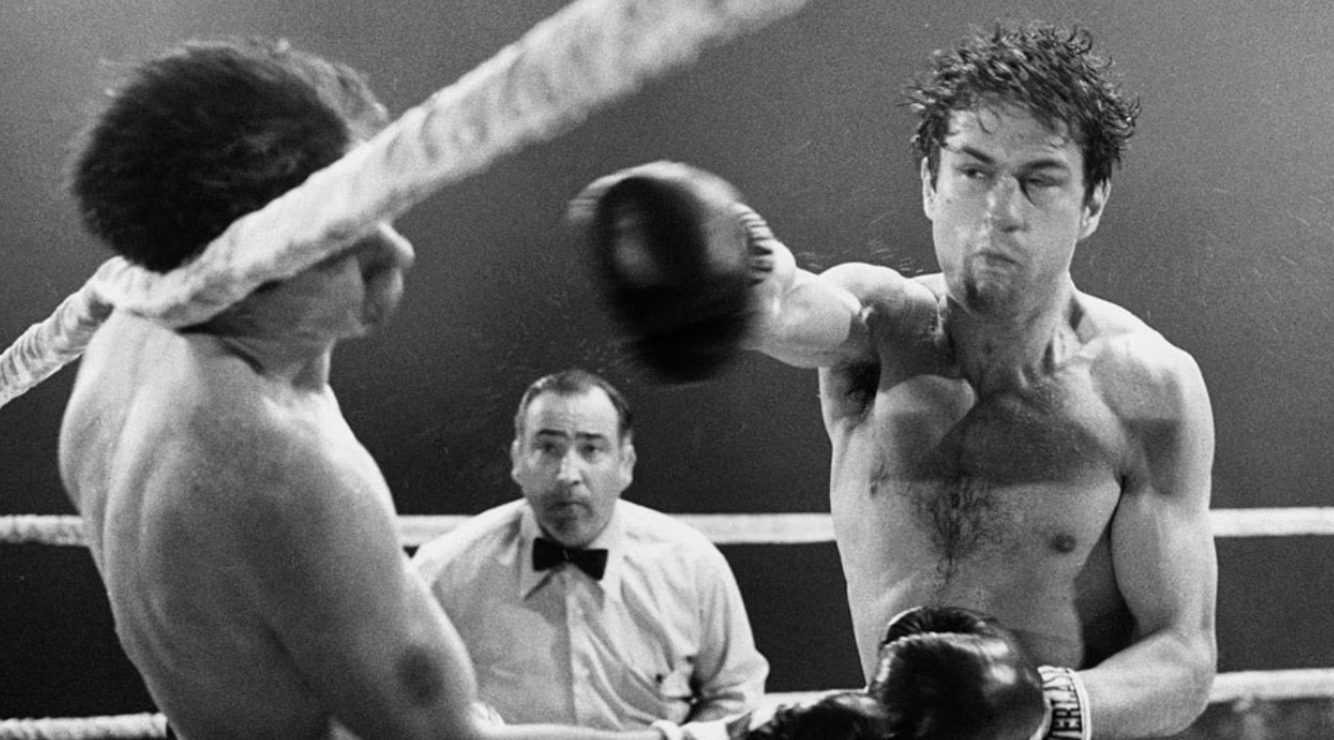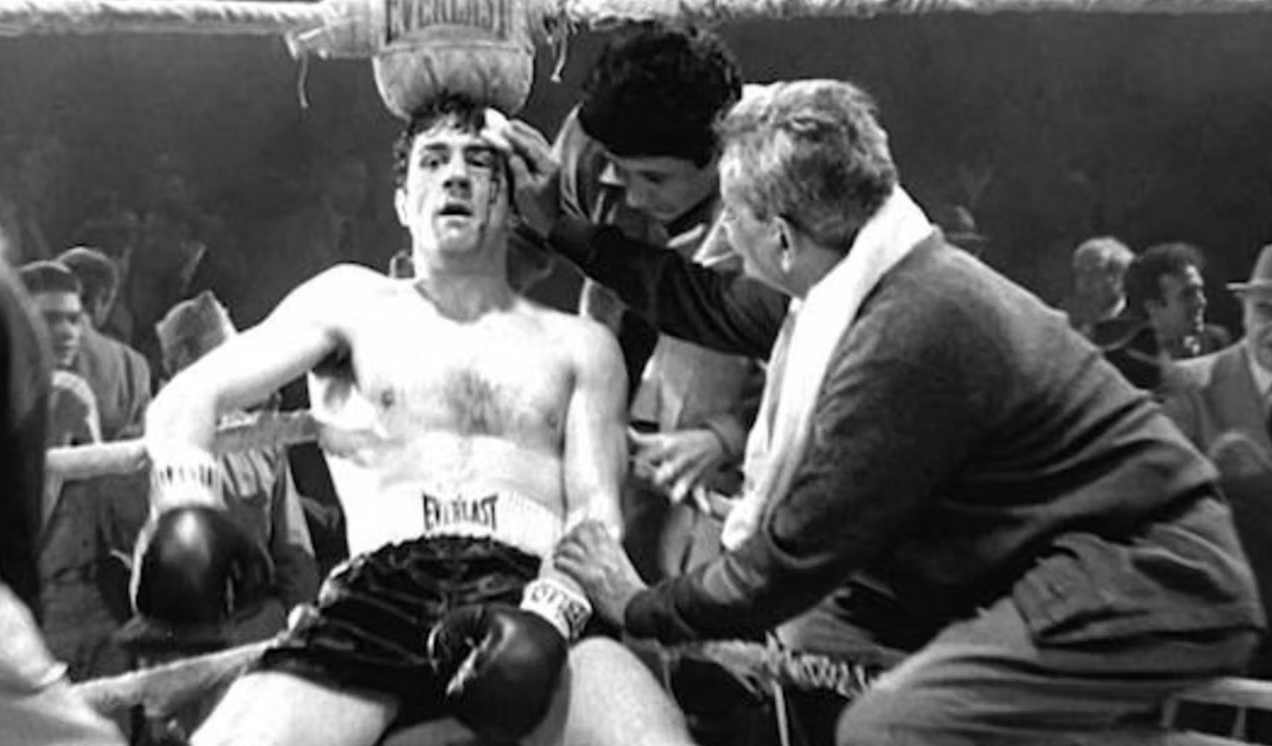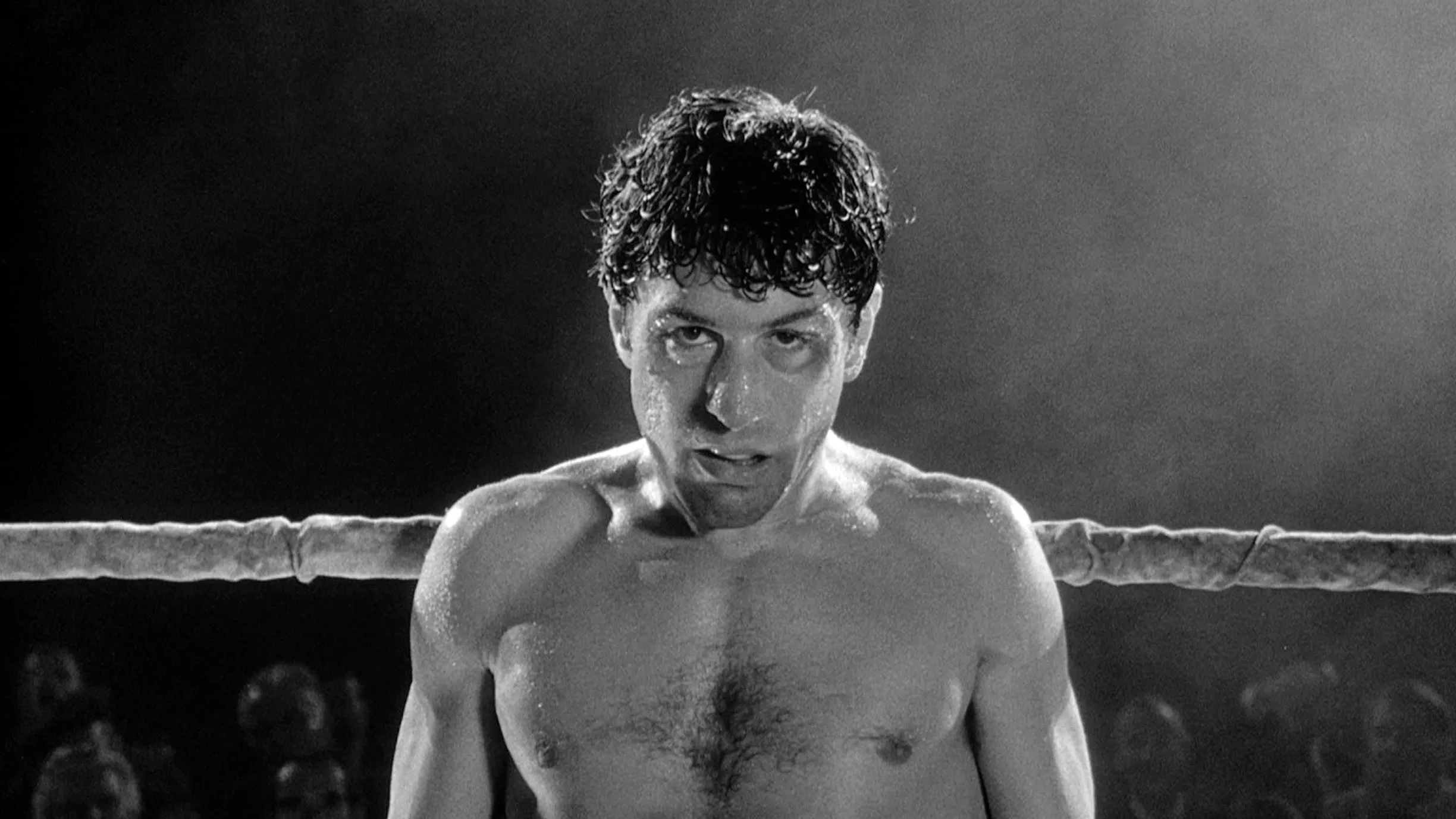Why Martin Scorsese Shot Raging Bull In Black & White
Despite knowing that it significantly tones down one boxing element, Martin Scorsese intentionally chose to shoot Raging Bull in Black and White.
Considering the subdued nature of Raging Bull’s black and white visual style, one might ponder why Martin Scorsese opted against filming it in color. Known for his audacious and thought-provoking filmmaking, Scorsese’s repertoire typically exudes boldness and intensity. Despite deviating from the norm, Raging Bull solidified its position as one of the most remarkable sports films ever made, a testament to Scorsese’s willingness to take creative risks.

Amidst the film’s production, an intriguing backstory unfolds: following the commercial disappointment of his film New York, New York, Scorsese faced a period of disillusionment with his filmmaking career. Matters worsened when a cocaine overdose nearly derailed his aspirations entirely. However, before contemplating a retreat to Europe for smaller-scale projects, Scorsese agreed to collaborate once more with Robert De Niro, who fervently advocated for a boxing-themed film. Despite recognizing the potential finality of this venture within Hollywood, Scorsese fearlessly embraced the decision to shoot Raging Bull in black and white.
Martin Scorsese Shot Raging Bull In Black & White To Tone Down The Blood

During the filming of Raging Bull, Martin Scorsese initially experimented with 8mm color footage, capturing shots of De Niro in the boxing ring. However, when director Michael Powell reviewed the footage, he noticed a historical inaccuracy: De Niro was wearing red gloves, whereas boxers during the film’s 1940s era typically wore maroon, oxblood, or black gloves. This observation was among the initial reasons prompting Scorsese to switch to black-and-white filming. Additionally, Scorsese recognized that color film stock tended to fade over time, potentially diminishing the impact of crucial scenes in the movie.
As detailed in the book Scorsese on Scorsese, the director further immersed himself in research by attending two boxing matches at Madison Square Garden. Despite not being a fan of the sport, he was struck by the visceral imagery of blood-soaked sponges and the blood staining the boxing ring’s ropes. Viewing this as an opportunity to infuse Raging Bull with artistic depth, Scorsese realized that black-and-white filming would blur the distinction between blood, sweat, and other fluids, leaving audiences intrigued and engrossed.
Scorsese Also Wanted Raging Bull To Stand Out From Other Boxing Movies

In addition to enhancing the realism and aesthetics of Raging Bull, the decision to film in black and white also distinguished the movie from contemporaneous boxing films like Rocky. While Rocky and many others celebrated the triumphant journeys of underdog boxers, Raging Bull diverged by presenting a protagonist, Jake LaMotta, who was far from likable. By delving into the dark realities of LaMotta’s life beyond the ring, the film challenged audiences to empathize with a flawed character, unlike the straightforward heroism depicted in Rocky. The use of black-and-white cinematography played a pivotal role in underscoring this contrast and emphasizing Raging Bull’s departure from conventional sports movie tropes.

